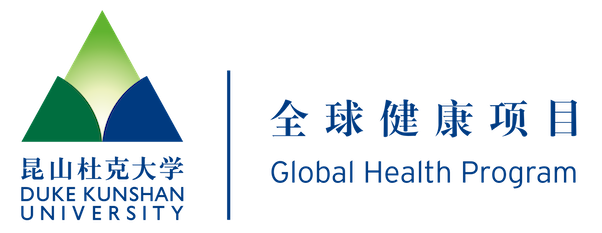In July 2025, the Global Health Research Center at Duke Kunshan University and the University of Health Sciences in Cambodia jointly released the findings of a qualitative study on the prevention and control of diabetes and hypertension in Cambodia. As the first research output under the Memorandum of Understanding signed in 2023, the study provides in-depth insights into how Cambodian residents manage chronic conditions and the structural barriers they face in accessing care. The findings have been published in the international journal Health Policy and Planning.

Rising NCD Burden, Limited Health System Response
Like many developing countries, Cambodia is grappling with a double burden of infectious diseases and non-communicable diseases (NCDs). In 2019, NCDs such as diabetes and hypertension accounted for 68% of total deaths in Cambodia, up sharply from 39% in 2000. Between 2011 and 2021, the number of people living with diabetes nearly tripled to 600,000, with 45% of cases undiagnosed. The prevalence of hypertension is also increasing, with 23.5% of adults aged 40–69 affected in 2016.
“Although the Ministry of Health has introduced national protocols based on WHO guidelines for managing diabetes and hypertension at the primary care level since 2014, the implementation has not been ideal. Shortages of medical personnel, long wait times, and inconsistent treatment outcomes have eroded public trust in public health centers, pushing patients toward other, sometimes informal, sources of care.” Dr. Marius Wamsiedel, the first author of the paper and research project lead at Duke Kunshan University said.

conduct field research in Cambodia.
Care-Seeking Influenced by Perceptions and Financial Constraints
Where do people with diabetes and hypertension go for care? And why do they choose certain providers over others? These questions were at the heart of the research project.
The study included 20 in-depth interviews with patients lacking social health insurance, and six focus group discussions involving 48 insured participants under Cambodia’s two major schemes: the Health Equity Fund (HEF) and the National Social Security Fund (NSSF).
While general awareness of diabetes and hypertension is relatively widespread, the study found significant misconceptions.Many participants attributed diabetes to excessive sugar consumption, neglecting other risk factors. Hypertension was often believed to result from eating salty foods or even durian.
“Few people go for regular check-ups. Many only seek care when symptoms worsen. Herbal remedies and self-medication are widespread, and some participants rely on so-called ‘miracle cures’ promoted on social media.” Dr.Wamsiedel said.
Financial concerns were another major deterrent. High medical costs—including transportation, diagnostic tests, and time away from work—prevented many from seeking care. Some avoided diagnosis altogether for fear of learning they were ill or because they didn’t want to burden their families.Men, as primary breadwinners, were especially likely to delay care. In contrast, those enrolled in social health protection schemes (HEF/NSSF) were more likely to undergo screening and seek timely treatment.
Structural Gaps in Health Financing and Service Delivery
Cambodia’s HEF scheme covers poor and vulnerable populations by covering direct and indirect costs at public facilities, while the NSSF serves civil servants, retirees, and formally employed workers, offering access to both public and contracted private facilities.
These schemes help reduce out-of-pocket expenses and promote early diagnosis, but systemic weaknesses in the public health sector remain. Many health centers still lack basic screening services for diabetes, face frequent drug stockouts, and limit prescriptions to short durations. As a result, HEF beneficiaries often turn to private clinics or pharmacies, increasing their personal spending. While NSSF users fare slightly better due to broader provider access, overall service capacity remains limited.
“Because of these gaps, semi-professional providers are increasingly filling the void in chronic disease detection.” Dr.Wamsiedel explained. Many pharmacies and village doctors can conduct blood pressure and glucose tests, acting as early detection points. However, their services vary greatly in quality and lack regulation. Still, some do proactively refer patients for further medical evaluation, pointing out to an opportunity for integration.
The research team recommends that Cambodia build a more integrated and responsive primary health system, with expanded coverage of chronic disease services, longer prescription durations, more reliable drug supply chains, and reduced wait times. In parallel, the country could formally engage semi-professional providers such as pharmacists and village healers in the early detection and referral of non-communicable diseases. In order for this to happen, it is necessary to provide these actors with training, basic diagnostic equipment, and incentives for successful screening and referrals.
This study not only offers timely guidance for Cambodia’s response to chronic disease but also holds important implications for other countries in Southeast Asia facing similar challenges. Additional research projects under the 2023 MoU between the two institutions are currently underway, with findings to be released in the near future.
Check the full text at:
https://academic.oup.com/heapol/advance-article/doi/10.1093/heapol/czaf039/8164522?sessionid=
Written by Biru Zou

